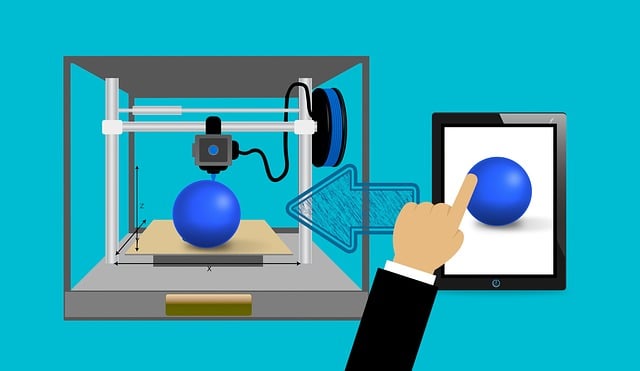Module 3: Linear Programming (Chapter 3)
Section outline
-

A company produces a basic and premium version of its product. The basic version requires 20 minutes of assembly and 15 minutes of painting. The premium version requires 30 minutes of assembly and 30 minutes of painting. If the company has staffing for 3,900 minutes of assembly and 3,300 minutes of painting each week. How many items can then produce within the limits of their staffing?
Notice this problem is different than the question we asked in the first section, since we are no longer concerned about fully utilizing staffing, we are only interested in what is possible. Just as we created equations in the first section, we can now create inequalities, since we know the hours used in production needs to be less than or equal to the hours available. This leads to two inequalities that we can graph to find the solution. In the solution set we can see the solution to the system of equations. The solution set shows that if the company is willing to not fully utilize the staffing, there are many other possible combinations of products they could produce.
The techniques we will use in this chapter are key to a branch of mathematics called linear programming, which is used extensively in business.
Image Caption: A photo of a 3-d printing technology. (Image Source: "Printer, 3d, Technology image.", Pixabay, Creative Commons Zero (CC0) license)
(Content Source: Systems of Equations and Linear Programming, BUSI1915 – Fundamentals of Business Mathematics, OER Lab, CC BY-NC-SA 4.0 License)
Upon completion of this module, you will be able to:
3.1 Inequalities in One Variable- Solve linear inequalities
- Solve compound inequalities
3.2 Graph Linear Inequalities in Two Variables- Verify solutions to an inequality in two variables.
- Recognize the relation between the solutions of an inequality and its graph.
- Graph linear inequalities in two variables
- Solve applications using linear inequalities in two variables
3.3 Linear Programming- Write an objective function.
- Determine a feasible region for a system of linear inequalities.
- Solve linear programming problems graphically.
To achieve these objectives:- Read the Module 3 Introduction (see above)
- Read Sections 3.1 - 3.3 of Chapter 3: Linear Programming in Finite Mathematics (links to each Section provided below)
- Watch the Videos provided in the Video Lessons pages for each Section (links provided below)
- Complete the MyOpenMath Homework Assignments for each Section (links provided below) - These are graded!
- Complete the MyOpenMath Quiz for Chapter 3 (link provided below) - This is graded!
- Once you complete the Quiz, upload your work in the Quiz Work Upload Assignment using the submission link below.
- Post in the Chapter 3 Q&A Discussion Forum - link provided below.
Note the check boxes to the right that help you track your progress: some are automatic, and some are manual.Module Pressbooks Resources and Activities
You will find the following resources and activities in this module at the Pressbooks website. Click on the links below to access or complete each item.
Background Colour
Font Face
Font Kerning
Font Size
Image Visibility
Letter Spacing
Line Height
Link Highlight
Text Colour
